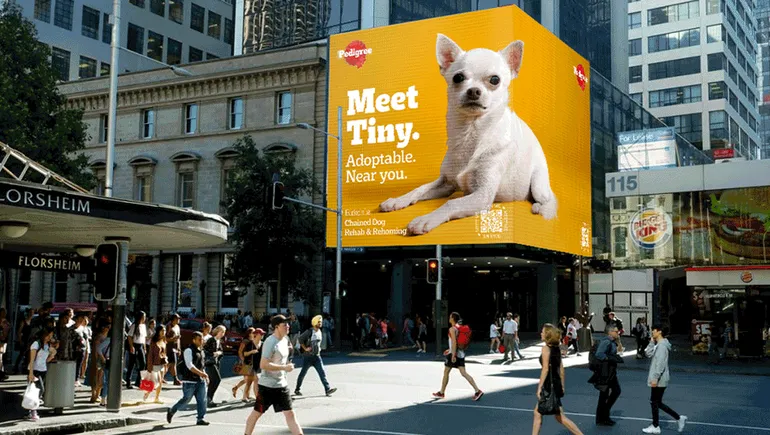
49% of podcast fans approve of ads, but volume concerns grow
Dive Brief:
- Almost half (49%) of podcast fans report that advertising remains the most effective way to reach them, up from 37% of listeners who said the same in 2019, according to the latest “Super Listeners” survey by Ad Results Media, Edison Research and PodcastOne, a division of the network LiveXLive. The groups define “Super Listeners” as U.S. adults who listen to at least five hours of podcasts weekly.
- Fifty-four percent of that group said hearing an ad on a podcast makes them more likely to purchase a product. However, 56% have noticed an increase in ad volume, with 38% saying podcasts have too many ads — a jump from the 24% of respondents who said the same last year.
- Ad breaks are also getting longer, per 41% of those surveyed, but there’s been no meaningful change in ad-skipping behavior, according to the report. Marketers and publishers should still be cautious when considering ad loads, as it’s possible the space could soon reach a tipping point.
Dive Insight:
Podcasts remain a hot commodity as advertisers chase the attention of listeners who are spending more of their time with the audio streaming channel, particularly via mobile devices. While podcast engagement appeared to receive a blow at the pandemic’s outset — when key occasions like commutes were disrupted — activity and marketing investments have remained high this year, and the latest Super Listeners survey helps to underpin why.
Even as podcast super fans are exposed to a higher volume of ads and notice that paid placements are taking up more of their time, they still view the format as the most engaging way for brands to reach them. The survey emphasizes strengths particular to the medium. Host-read ads, for instance, can deliver higher value, as 33% of respondents said they pay more attention to such messages compared to other ad formats. People already interested in podcasts are also simply tuning in more frequently, with Super Listeners committing an average of 10.5 hours a week to the channel compared to the 9.8 hours per week reported last year.
Still, marketers should note that concerns about ad volume are on the rise at the same time podcast content is getting more saturated. While such frustrations haven’t translated into an uptick in ad-skipping or ad-blocking behavior, it’s possible consumer sentiment could sour and result in actions that damage brands.
The Super Listeners findings square with other recent research on healthy podcast engagement. A September report from market research firm Claritas found that podcasts can lift brand awareness between 24% to 79%, a significantly higher lift rate than other media channels such as digital display, print and linear TV. Hosts, who can double as content purveyors and influencers, play a big role in winning over listeners, and high-dollar deals around shows with big personalities speak to their power. In a notable example, Joe Rogan’s podcast was acquired by Spotify in a deal valued at $100 million in May.
Platforms like Spotify have generally become more acquisitive in the podcasting space as they look to diversify revenue sources beyond music streaming and grow their user bases. Sirius XM completed its acquisition of Scripps’ Stitcher podcasting unit for $325 million in October, while The New York Times picked up the producer of the popular “Serial” program for $25 million last summer. Amazon, which is looking to beef up the audio streaming services included as part of its Prime membership, is considering acquiring the podcast maker Wondery, The Wall Street Journal recently reported.
Meanwhile, brands are attempting to innovate their outreach as platforms build out more eclectic ad products and content offerings. Some marketers, including Kraft Heinz, have created branded podcast programs in lieu of running traditional advertisements.





